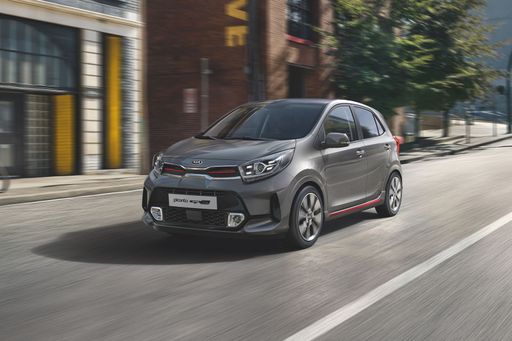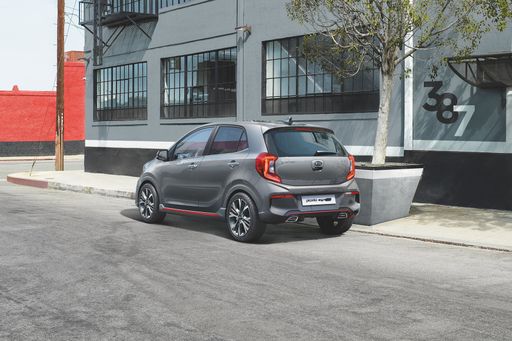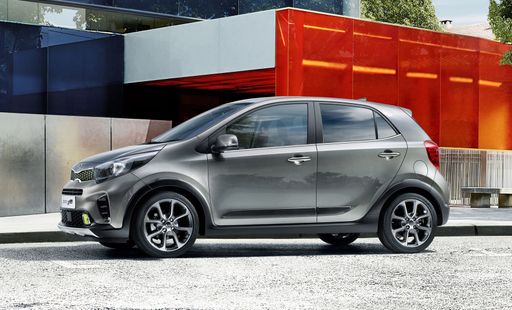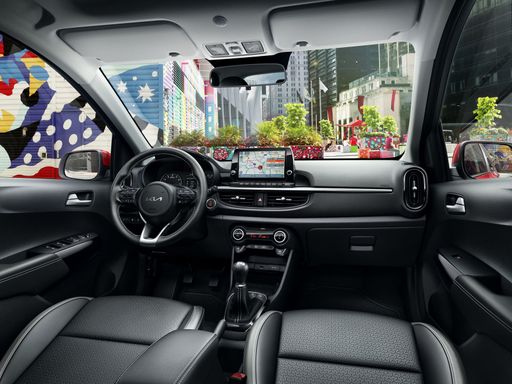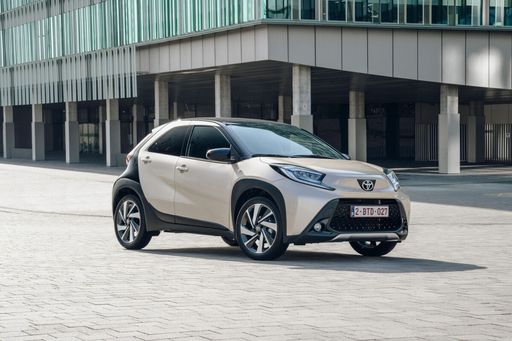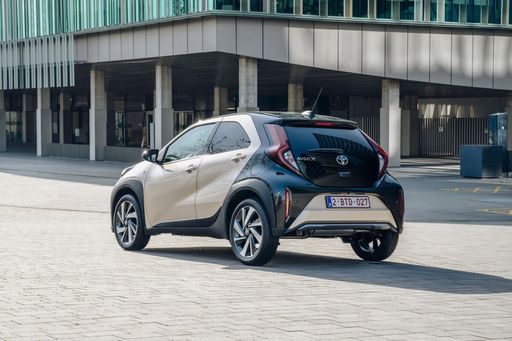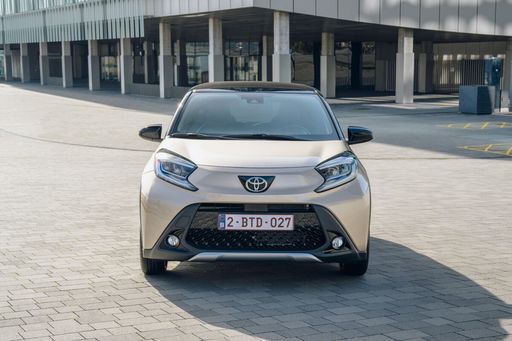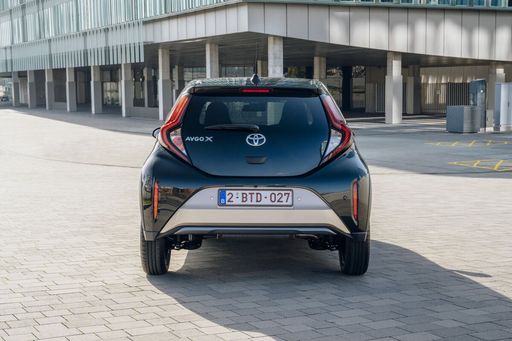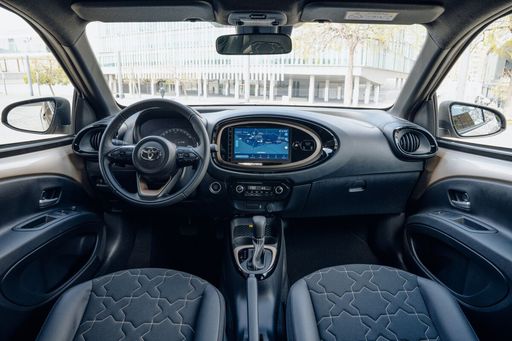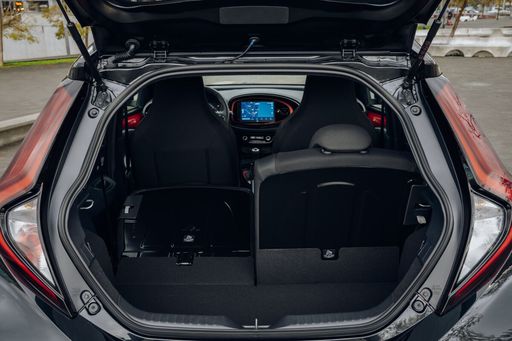Introduction
The compact city car segment has gained immense popularity, providing urban drivers with an efficient and fun driving experience. Among the most prominent contenders in this market are the Kia Picanto and the Toyota Aygo. Both vehicles boast unique features and innovations, but how do they stack up against each other? Let’s dive into a detailed comparison to help you decide which one is right for you.

